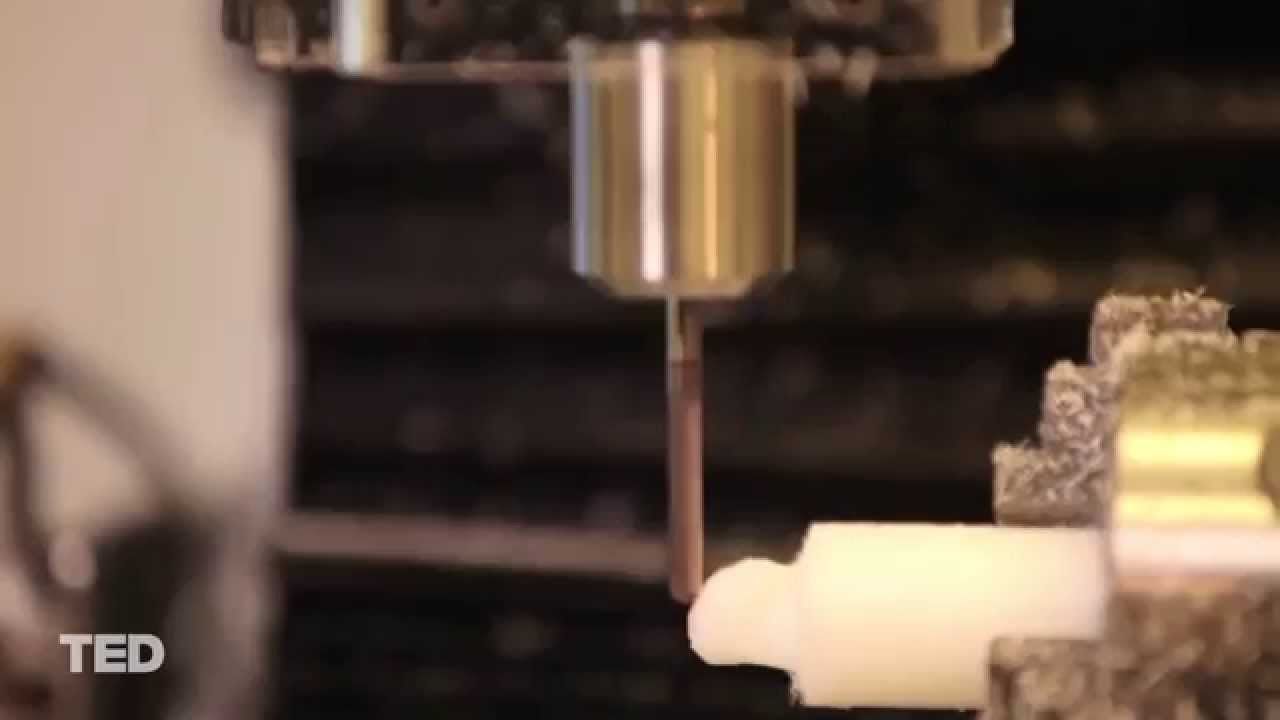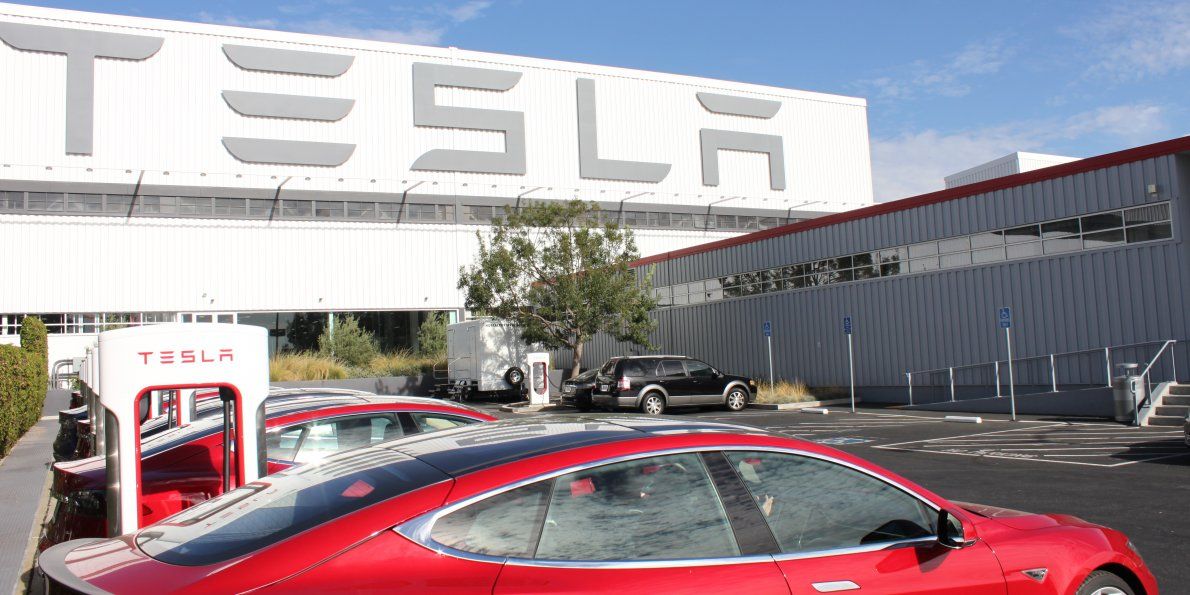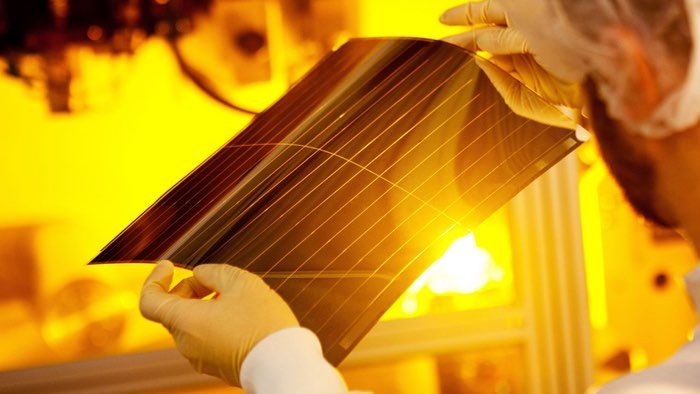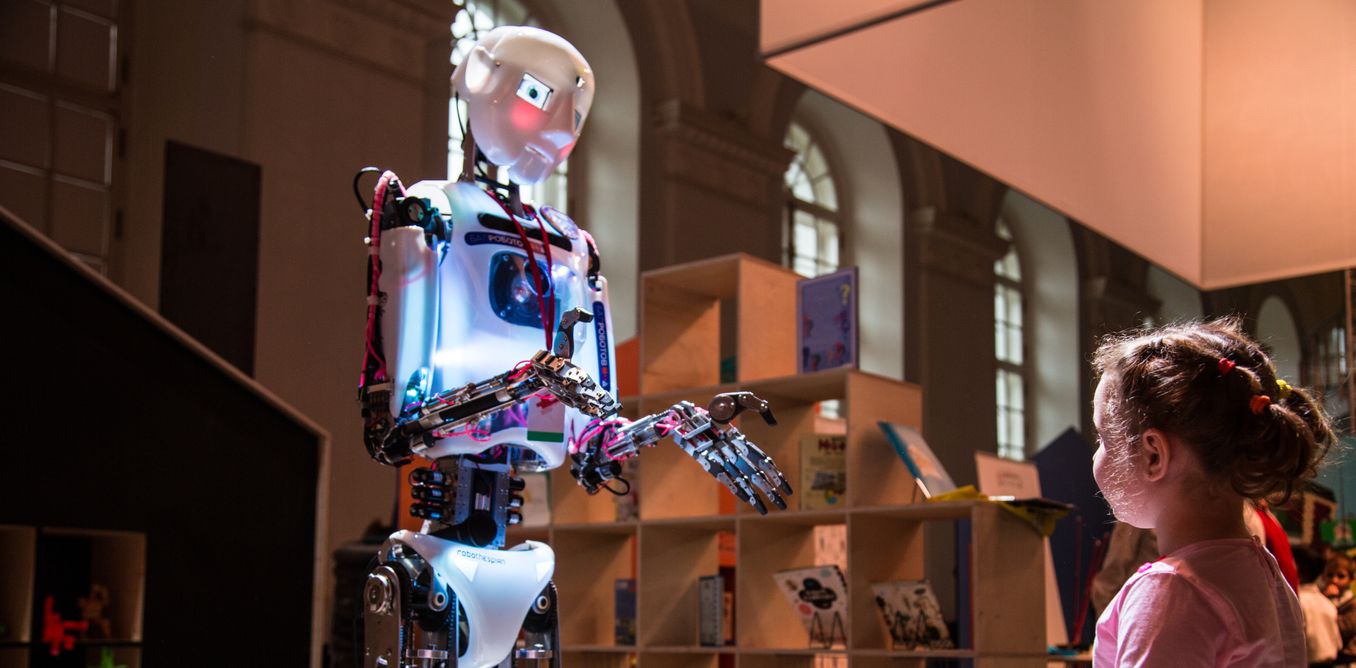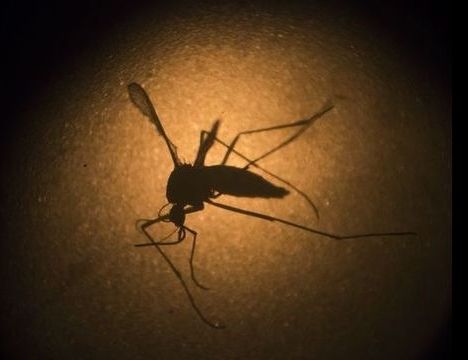Feb 9, 2016
NYC Startup Aims to 3D Print Bones with Patients‘ Own Stem Cells
Posted by Shailesh Prasad in categories: 3D printing, biotech/medical, materials
https://youtube.com/watch?v=NKeeHahhNL4
When the idea of a medical transplant is brought up, most people’s thoughts are usually drawn to procedures such as blood transfusions or organ replacements. But, oftentimes, we forget the importance of our bone structure, as well as the 2 million painful bone transplants that take place every year around world. Previously stuck in a Medieval-like operation method, surgeons had little option but to replace their patients’ bones with the bones of animals or human cadavers, and even this procedure can oftentimes led to complications due to the body’s rejection of the foreign replacement. But 3D bioprinting has been a major influence in changing the entire nature of this traditional surgical procedure, new methods of creating bone grafts have been developed by researchers around the world from Montana State University to Tokyo. 3D printing has become a recent revelation in skeletal reconstruction surgery, with 3D printed synthetic implants and even harvested stem cell materials proving to be a much safer and efficient surgical alternative.
